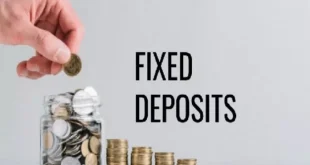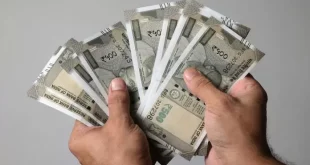
The most serious impact of the political crisis in Bangladesh has been on India's tourism industry. Bangladeshi tourists account for 23 percent of India's tourism.
Most tourists from Bangladesh come to India on medical visas for treatment and shopping. There has been a significant increase in the number of Bangladeshi tourists visiting India, especially during Durga Puja and wedding season.
Besides, recent unrest in Bangladesh has led to a dramatic drop of 90 per cent in outbound travel, said officials of the Travel Operators Association of Bangladesh. Tensions escalated two weeks ago when Bangladesh Prime Minister Sheikh Hasina resigned from her post and left the country amid growing anger among students. Due to this situation, air service with Bangladesh was temporarily affected. Also, all Bangladeshi visas were canceled except for medical purposes. Of course, now air traffic with Bangladesh has become regular again. India also has the highest outbound travel in Bangladesh's tourism market. India is the headquarters of Bangladeshi people. Outbound travel ranges from 40 per cent to 45 per cent. Kolkata is the most preferred shopping destination for Bangladeshi people. There is a huge crowd especially before festivals. Apart from Kolkata, Sikkim, Northeast India and Kashmir also attract tourists from Bangladesh.
Although the number of foreign tourists visiting India has increased by 43.5 percent, this figure is still 15.5 percent less than the period before the Corona epidemic. Last year 92.3 lakh foreign tourists visited India. Last year, tourism generated foreign earnings of Rs 24,707 crore, of which 22.5 percent came from Bangladeshi tourists, the highest share of any country.
A blow to the country's tourism industry
Last year, out of the foreign income, Rs 24,707 crore was earned from tourism.
Of this, 22.5 percent of revenue came from Bangladeshi tourists, the highest share from any country
Last year 92.3 lakh foreign tourists visited India
There was a 43.5 percent increase in arrivals but this figure is still 15.5 percent less than before the Corona epidemic.
 look news india
look news india

